Gale-force winds and cold rain lashed the Orcadian archipelago and dashed the plans my dad and I had made to investigate Orkney’s neolithic treasures. Faced with plan B, which is always the same when I’m visiting Orkney, we ducked into our car and drove to the hills above Kirkwall where stands one of Scotland’s mightiest distilleries: Highland Park.
We browsed the wares in the gift shop that evoked an alternate Viking Age where the hersirs and jarls spent more time perfecting the art of making whisky than pillaging distant lands. At the register, one of the ladies said, “Oh, you’re the whisky writer. You’re a day early, you know.”
I did. I’d scheduled my appointment for the following day, but when it’s cold and rainy on Orkney you can always rely on Highland Park to warm you up. Even if you’re only window shopping.
“They have a surprise in store for you,” the kindly woman went on. That’s a dangerous thing to say to me, especially at a place I revere: Sarah and I drank Highland Park from a quaich during our wedding ceremony.
The following day was bright, clear, and cold despite it being mid-May. We were met by Graham Manson, the new distillery manager who had just joined Highland Park a month previous. After a brief chat about Orkney and whisky, Keith Moar, Highland Park’s head warehouseman, arrived to guide us on one of the most in-depth tours I have ever received. We walked along cobbled streets and between old stone buildings that lended a Hogsmeadian air to the distillery’s grounds. Highland Park is an old distillery with a founding date in the late 18th century, though one can hardly be sure of such claims. Magnus Eunson is certainly the man behind its founding, and there are many stories about this multi-talented, happy-go-lucky smuggler.
Keith kicked the tour off with a bang by leading us into the floor maltings. Highland Park is one of only seven distilleries still malting their own barley. For several of these distilleries, it’s a (neat) token gesture to show living history at work. Highland Park malts 20% of the barley they use, which is a large amount by comparison. The barley comes from central Scotland, which they then soak for three days before draining it and spreading it along the long cement floor where it germinates for 5-6 days. Two men work this operation, one dumping the barley, another spreading it, and the entire floor space needs to be hand turned regularly. This is a labor-intensive job that requires close attention. I’m standing atop a layer of barley about six inches thick and it’s cold down here, but when the germination process kicks in it can get as hot as 30C! There is no temperature control or forced air so the men need to turn the barley to keep it cool and prevent mold from growing.
Up a few flights of stairs, we come to the kiln where the malted barley is being dried inside the characteristic pagoda that is such an icon of Scottish distilleries. Keith unlatches the door of the distillery’s newest kiln, which happens to be 100 years old. A waft of peat smoke washes over us as we step into the barley sauna. Visibility is nil but the heat and smell are delightful (imagine smoked cereals). Beneath us a peat fire casts great clouds of smoke skyward for 18 hours, imparting the moist barley with the subtle phenols of Orkney’s unique, heathery peat. While we’re up at the top of the distillery, Keith takes us on a special detour outside along a catwalk with magnificent views down to Kirkwall and the bay. The clear day allows us to see smaller Orkney isles like Shapinsay and Rousay rising above the blue North Sea.
Downstairs, we arrive to the peat fire to find one of the men restocking the fuel. A huge pile of peat blocks lies heaped in the corner, straight from Hobbister Moor just down the road. Using 1.5 tons of peat per kilning, the folks at Highland Park figure they’ve got another 200-300 years worth of peat in the moor. Even after all this time, I still find it hard to believe you can burn earth, but there you have it. Orkney’s peat has no trees in it but lots of heather, which can show up in the aroma of the finished product. Terroir in relation to single malt whisky is only growing in importance, and I love the fact that Highland Park uses peat from their backyard, which is more than most other distilleries can say, sadly.
Once the barley has been malted and kilned, they send it through an industrial red Porteus mill to grind down the malt to the right ratios for mashing, which happens to be 20% husk, 10% flour, and 70% grist. They still use the old sifting box method and an ancient scale to ensure they’re meeting these ratios. The mash house thrums with the sound of the semi-lauter mash tun raking the milled barley porridge and the switcher fans scything down the foam in the washbacks. Highland Park uses about 28 tons of barley each week, and the wash from these mashes fills their 12 wooden fermentation vessels.
I’ve visited Highland Park before, but I have no recollection of its stillhouse. The first thing I notice when we walk in, beside the glorious heat that feels like I’ve been mummified with a hundred snuggling cats, is that there are only four stills. Nothing gives you a better sense of how big, volume-wise, a distillery is than the number of stills, and four is much fewer than I imagined. They are big, however, and possess these interesting pressure valves that automatically open when necessary. I don’t think I’ve seen this anywhere else, and I wonder why it’s necessary. Keith explains their cut points for the newmake, and 64% is when they switch from the heart, the part that gets put in barrels, to the feints. This is a smallish heart cut, which should mean a very smooth, pure newmake.
Outside the stillhouse, the rays of sun have markedly shifted their angle. Time disappears in the fascination of distilleries. Keith leads us on to the final stop on our tour, his workspace, the warehouse. In their 23 warehouses, they’ve got enough room to store about 45,000 casks, and that’s only about 70-80% of what they produce. The remainder gets shipped to mainland Scotland as insurance in case anything (god forbid) should ever happen to the distillery. Still, they noticed they were running out of space here on Orkney and had to change their filling ABV to 69.8%, which is about 6% higher than the industry standard. Highland Park uses American oak and Spanish oak casks, as most distilleries do, and a lot of those are ex-Sherry butts.
In fact, one was open, and Keith led us to it like horses to water. He siphoned out a couple of drams from a 1968 American oak refill cask that came in at 40.3% ABV. It was cold in the warehouse, so it took a couple of minutes warming up the dram before it revealed its secrets. Honey, vanilla, green fruits like sweet grapes, maybe pears. The whisky is rich and smooth with a very long finish that blossoms into a hint of smoke. I can taste the bits of orange zest in marmalade, maybe ripe peach, too. It’s a mindblowing way to cap off the tour.
The visit was not over. Far from it. Keith handed us off to Patricia Retson, Brand Heritage Manager for Highland Park, who helped us to coffee and biscuits before slotting us into a connoisseur’s tasting with a man I’ve taken to calling Gentleman James. The room is a lavish testament to Highland Park’s whiskies and awards containing a small table at which sat two German visitors and James. My dad and I take our seats before a placemat studded with four of Highland Park’s core range drams.
We start with Highland Park’s entry level 12 year, which happens to be one of my favorite drams. At 40% ABV, the nose is a fruity mixture of citrus fruit, apple, and pear. On the palate a spiciness tingles the tip of my tongue followed by heather honey and a gentle smoky aftertaste. Gentleman James explains a method for determining the quality of whisky whereby you tilt the glass on its side, then hold it up to daylight. Look for the bead of alcohol forming on the side of the glass. The finer, more delicate the bead is, and the longer it takes the tears to run down the sides of the glass, the higher the quality. All in all, the 12 year is a very balanced dram I’m intimately familiar with, but it tastes even better here at the distillery.
Our second dram is 15 year, which I consider the black sheep of the Highland Park family. This whisky is also bottled at 40% ABV, but it’s far lighter in color than the 12. This is due to the fact they use 40% Spanish oak and 60% American oak (versus 80/20 in other expressions) in the making of 15 year. This dram has a much sweeter nose than the 12. It’s lighter and fruitier with an obvious juicy pineapple aroma. The spiciness of the 15 hits the side of the tongue, and there’s a hint of peat smoke in the background. I think this would make a good aperitif or summer whisky, but as I like more Spanish oak in my whiskies this wasn’t my favorite. Nonetheless, it’s an excellent, balanced whisky.
Our third taste is the world-renowned Highland Park 18 year. This particular expression has won many of the most prestigious awards in the industry, including best whisky in the world (twice). It’s a bit stronger at 43% ABV and a deeper color than the 12 and 15. It’s significantly more complex, too. Of the ex-Sherry butts used, 45% are first-fill compared to the 15-20% first-fill in the 12 year. The Sherry notes jump out of the glass at the expense of some of the heather and peat smoke. Toffee, fudge, caramel, hazelnuts and almonds, then red currants and sweet cherries. The palate is a silky smooth, mouth-coating experience that finishes over a very long time. Lots of spiciness here in the form of ginger and cinnamon. This is a sweet, delicious dram. Bottle me.
Our last dram on the connoisseur’s tasting is the Highland Park 25 year. This is getting serious. At 48.1% ABV, it’s the strongest of the bunch, and there is an aggressiveness to the whisky that reminds me of cask strength drams. The 25 uses 50% first-fill ex-Sherry butts and while those delicious, heavy-hitting Sherry notes are here, as in the 18, there’s also a tangy dried apricot flavor that makes my mouth water. By Gentleman James’s method, this whisky is twice as good as the 12 year since the bead is half as big. It’s kind of surprising how sweet this is given the length of time it has spent in the cask. The color is a golden red and I think it makes a perfect winter whisky. My favorite of the vertical with James.
We thanked James and returned into Patricia’s excellent care. And she did have a surprise, as the lady at the register had warned me.
Two more drams await us, and the first is the epic Highland Park 40 year. This whisky is a whopping 48.3% for a 40-year old. It takes masterful wood management to make this whisky work. The nose is rich and spicy with milk chocolate and a very subtle phenolic aroma from the peat smoke. There’s a waxiness like furniture polish and leather, kind of like an old library. On the palate the dram is mouth-watering then drying. Mouth-coating dark chocolate, musty library, the essence of leather on the tip of the tongue wrapped in sweetness. Another amazingly-balanced whisky that has something inexplicable. The finish flicks through a bunch of flavors, from brown sugar, caramel, and crème brûlée to dried heather, licorice, and sea salt. Desert island dram. God juice. Post-apocalypse agenda item #1. £920/bottle.
Last but not least is the whisky that has stolen my muse since I read about it: Thor. Thor is the first bottling in Highland Park’s limited Valhalla range. It’s a cask strength dram coming in at 52.1% ABV, and, though not stated, is 16 years old. Thor has aged in both American oak and Spanish oak casks, and has a color like a really rich 15 year. Patricia mentions there’s a little Highland Park 1974 in here. The terrific nose is aggressive with loads of juicy, tropical fruit like pineapple, vanilla, and pear syrup. On the palate, the flavors expand in the mouth with a drying finish that reveals Sherry influences of dried fruit and dark chocolate. This dram does well with a few drops of water. The smoke comes out and the entire experience is softened. Massive, thundering whisky.
Before we left, Patricia brought out bottle 1 of 275 of the Highland Park 50-year old, which retails for £10,000. The bottle is encased in solid silver and corked with a piece of the same stone used at St. Magnus’s Cathedral down in Kirkwall. It’s beautiful and heart-wrenching and far, far out of my league.
What can I say but that Highland Park puts on the best total package experience of any distillery in Scotland. The comprehensive tour coupled with the in-depth tastings of arguably the best range of whiskies in Scotland and Orkney’s stunning backdrop makes this a visit you must do. You must. And come a day early, too, if you don’t want to anger Thor and the other gods in Valhalla.
Disclosure: Highland Park provided me and my dad with complimentary private tours and tastings. All thoughts and opinions expressed here, as always, are my own.

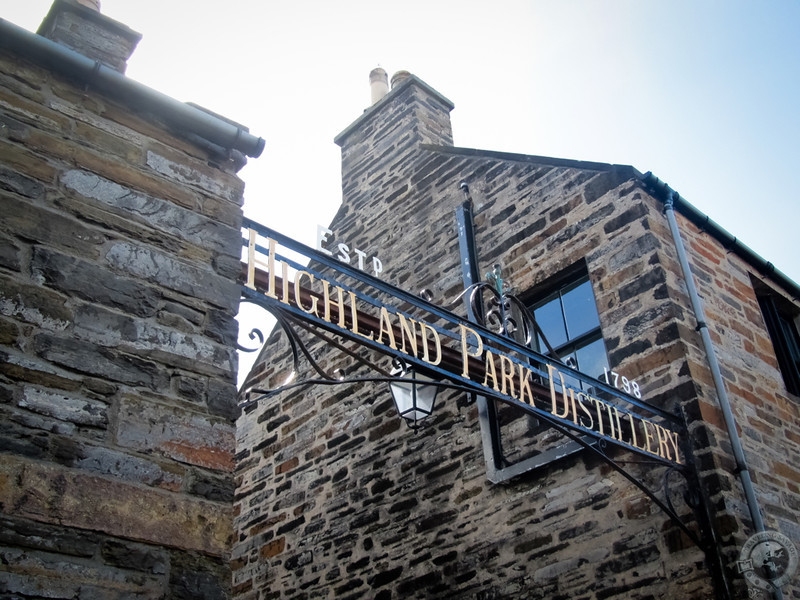
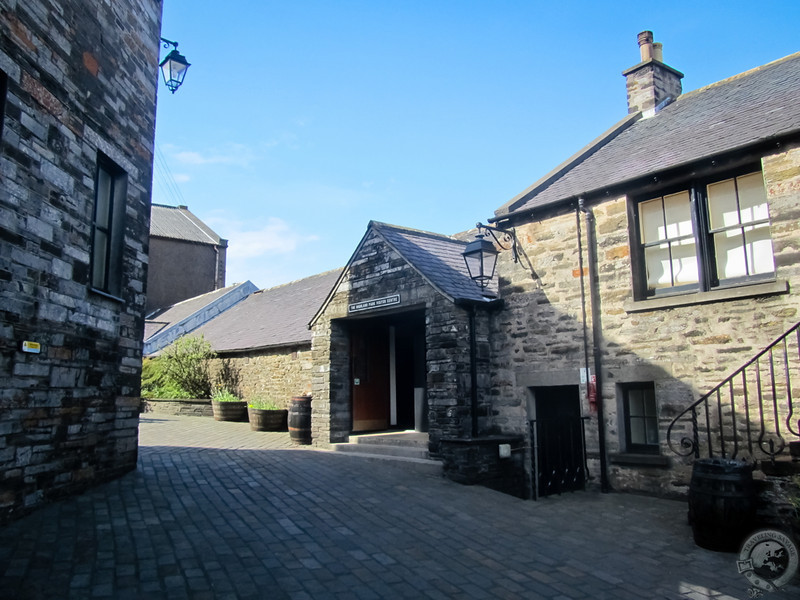
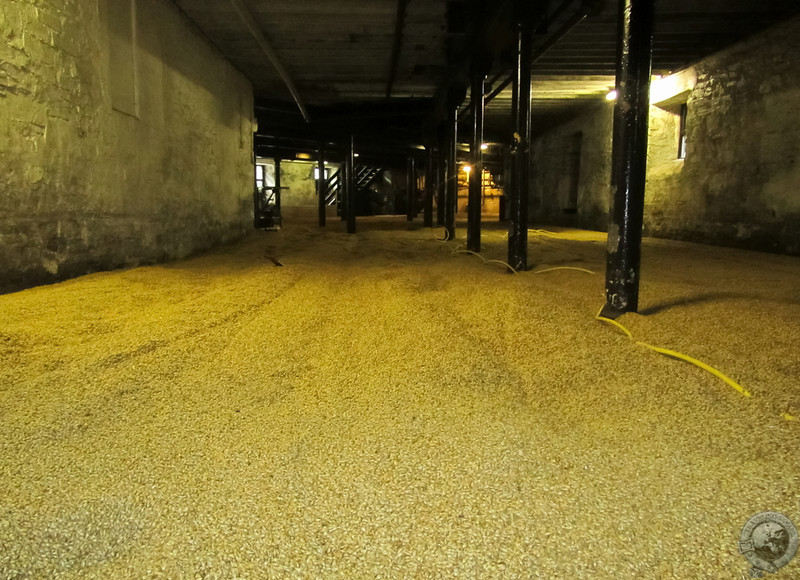
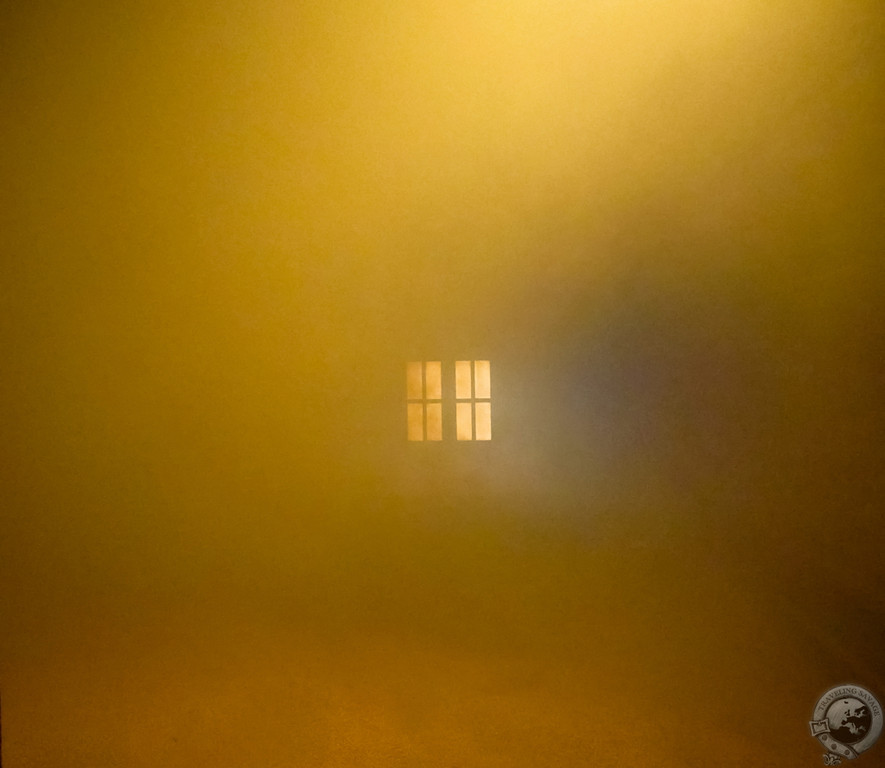
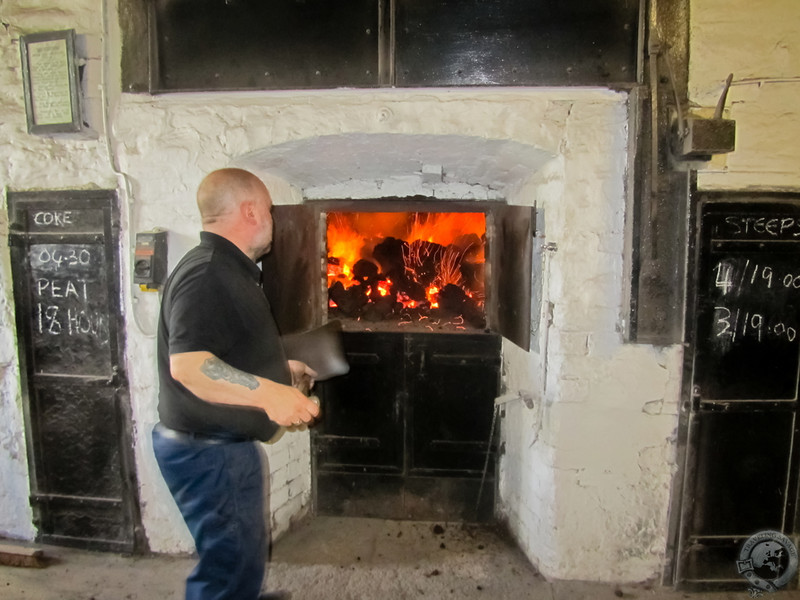
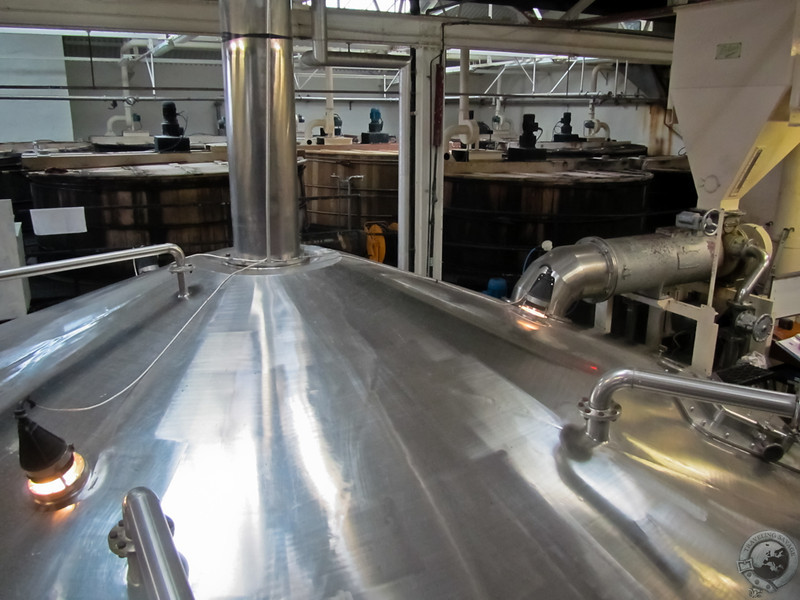
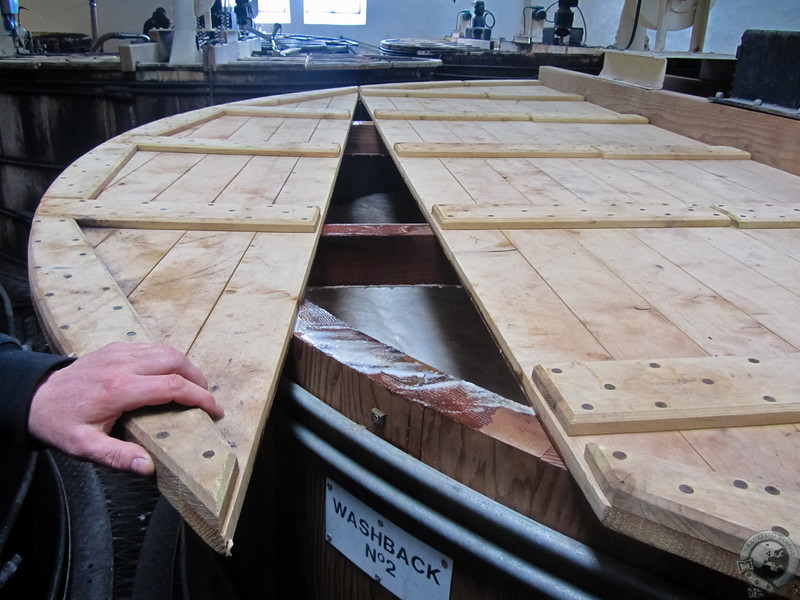
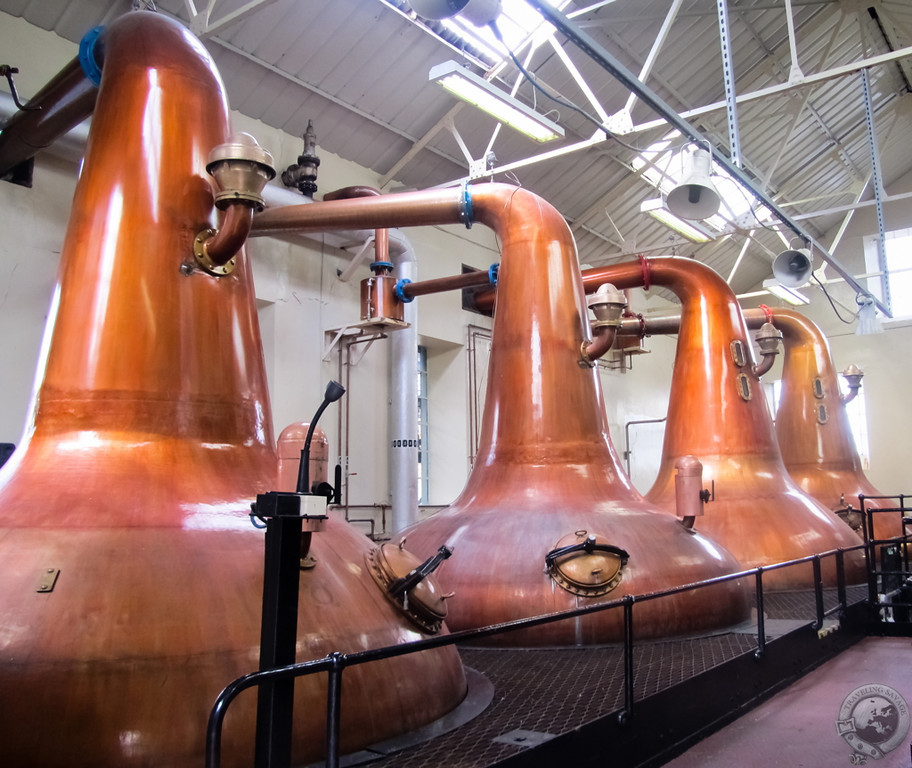
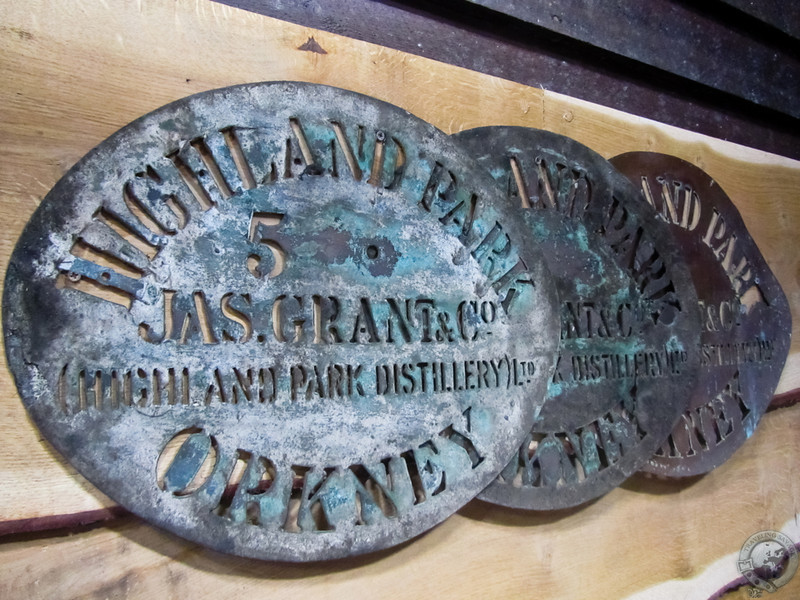
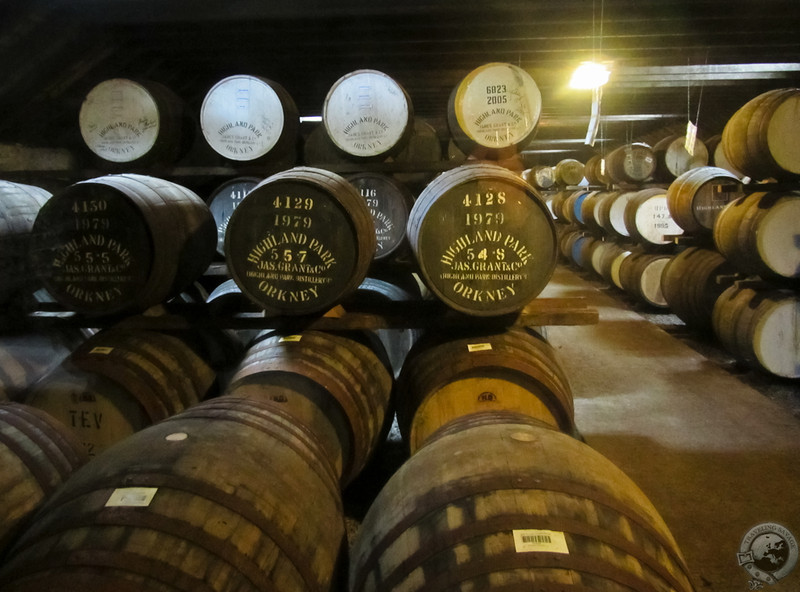
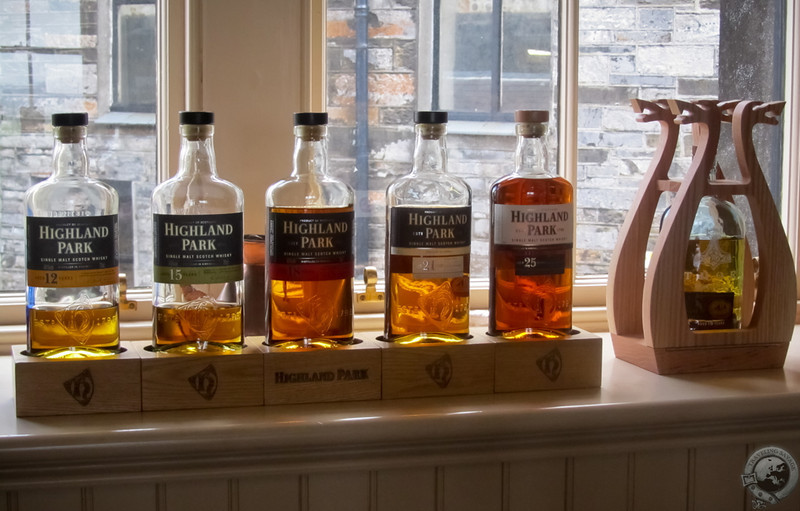
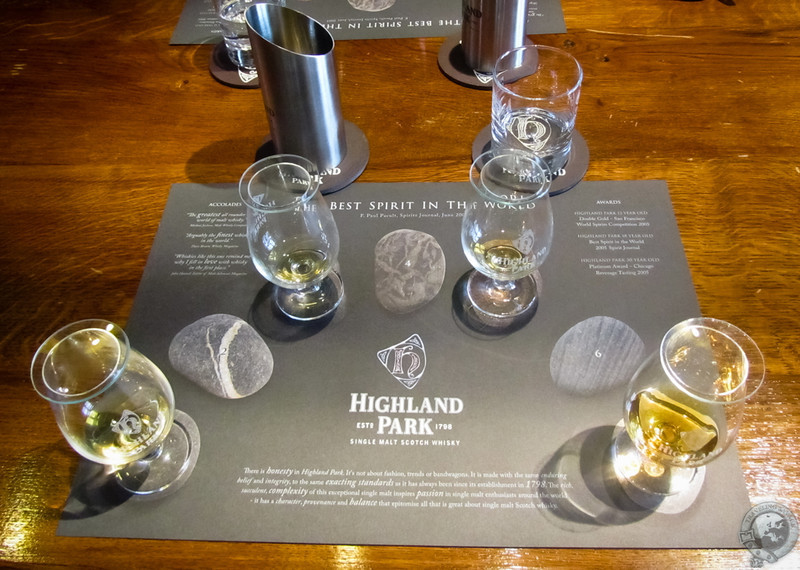
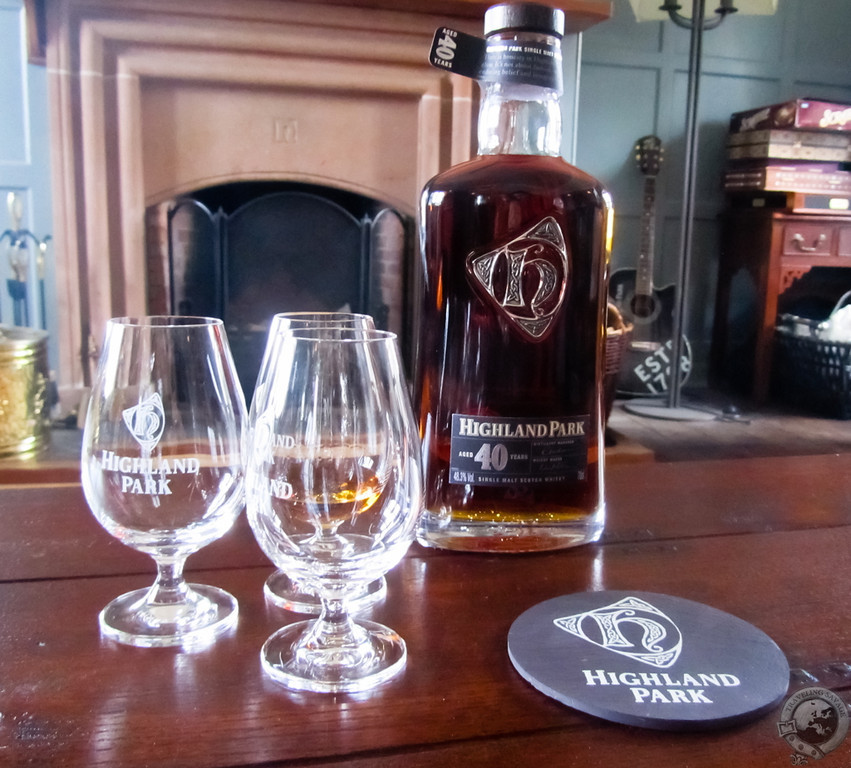
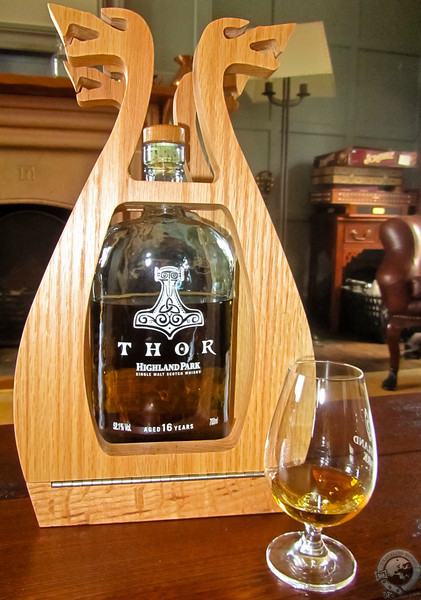
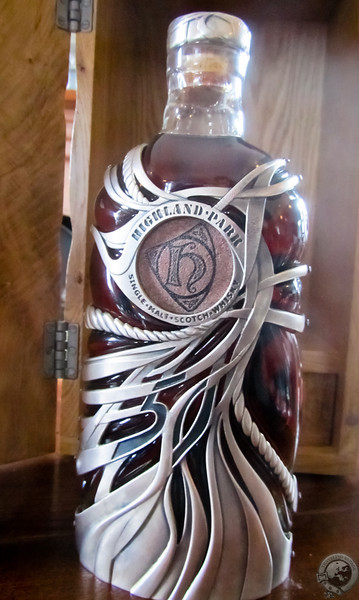
Great job, Keith, with the marriage of photos and text. It really brings it all back. Very special whisky and a wonderful tour of the distillery. I’m always amazed at how same yet different each distillery is and how much their whiskies reflect that. I suppose the whisky making process can be described in numbers and formulas but I feel magic in it somewhere. Especially when you see it being made. And especially in Orkney at Highland Park.